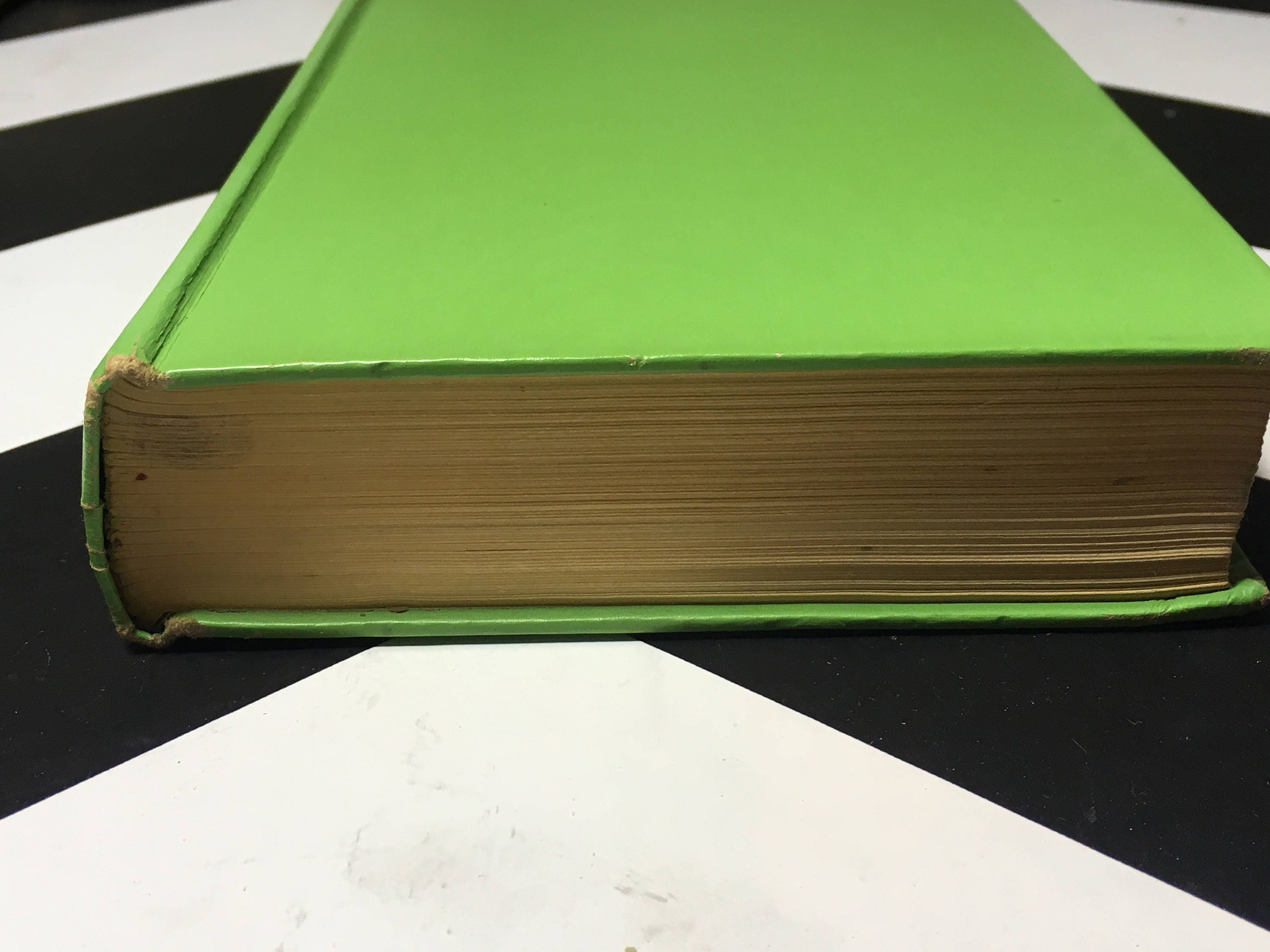
The only time she ever saw him cry was when his pet rat, called Burgess, died. Steinbeck was cruel to his wife, particularly during two difficult pregnancies, and the book portrays a man of boorish behaviour and bizarre habits. Conger’s memoir paints a picture of how awful it was being married to a writer she acknowledged as “a tremendously complex man”. Her recollections have been turned into a book by Bruce Lawson called My Life with John Steinbeck (Lawson Publishing, £19.99), published in September 2018. Only then did the anger begin to decrease and when the anger decreased, these two sides got to know each other and they found they didn’t dislike each other at all.” Gradually, through government and through the work of private citizens, agencies were set up to take care of these situations. “They met a people who were terrified of Depression and were horrified at the idea that great numbers of indigent people were being poured on them to be taken care of when there wasn’t much money about. “People were starving and cold and they came in their thousands to California,” Steinbeck said.

Steinbeck rarely gave interviews, but in 1952 he spoke to the radio network Voice of America about how he had been “filled with anger” at the ill-treatment of migrant workers. Only a bitter legal dispute over the writer’s estate (between Steinbeck’s stepdaughter Waverly Scott Kaffaga and his daughter-in-law Gail Steinbeck) prevented Steven Spielberg from going ahead with his proposed remake of the movie in 2017. The 1940 film adaptation of the novel, starring Henry Fonda, is considered a Hollywood classic. “His was a self-conscious identification with working people, but he always travelled first-class and stayed in suites at the Dorchester in London and the Georges Cinq in Paris,” Parini added. “Most people imagine that Steinbeck came from an impoverished background and was almost one of those workers in The Grapes of Wrath, but his family home in Salinas was a beautiful Victorian house with maids and servants,” said his biographer Jay Parini in 1994. Throughout the 1920s, however, Steinbeck was getting an allowance from his father, the treasurer of Monterey County, of $50 ($700 or £550 in today’s terms) a month.

Steinbeck sometimes played up to the image of a struggling writer whose upbringing was hard financially.


It was the start of a career that would produce 16 novels and novellas, two sets of short stories, 11 non-fiction books, two plays, two screenplays and a large volume of letters. His wedding came shortly after the publication of his first novel, 1929’s Cup of Gold. He worked as a tour guide and it was in that job he met his first wife Carol Henning. His uncle helped him land a job as a reporter for the New York American, a William Randolph Hearst newspaper, but he quickly became disillusioned by journalism and returned to California.


 0 kommentar(er)
0 kommentar(er)
